About World Heritage
Aiming to be inscribed on the World Heritage List
During the period from the late sixth century to the early eighth century, the unified state of Japan with a system of centralized government based on the ritsuryo codes came into being at Asuka-Fujiwara in the southern part of the Nara Basin.
During this period, China, which had unified under the Sui and Tang dynasties and the expansion of the territories it ruled, threatened neighboring states in East Asia (such as Kokuryo, Paekche, and Silla on the Korean Peninsula), making for a highly strenuous situation. These states, to ensure their survival, built centrally administered governments and attempted to absorb the latest in Chinese culture. Consequently, an East Asian culture zone centered on the Chinese dynasty was formed from a wide range of cultural interchanges flourishing among the states, including those on the Korean Peninsula. Against this backdrop, the foundation of a state on the Japanese archipelago was similarly built by combining the traditional culture of the periods up to the Kofun (ancient burial mounds) era with the advanced culture of East Asia and developing a combined culture.
The historical properties of Asuka-Fujiwara consist of archaeological sites such as palaces, castle towns, ritual spaces, gardens, Buddhist temples, and graves that have been left buried, and they are concentrated in a limited area now called “Asuka-Fujiwara.” Archaeological research on and studies of these remains have elucidated the process by which the ancient Japanese state came into being.
In this way, approximately 1,300-year-old memories of the birth of Japan, including remains that have been left underground in good condition, are stamped on the land of Asuka-Fujiwara. These constitute an unparalleled cultural heritage that, by examining the changes in the archaeological remains, enables us to demonstrate cultural exchanges with East Asia and the process of nation building under the influences thereof.
About World Heritage Sites
The term “World Heritage Sites” refers to irreplaceable properties such as buildings, ruins, landscapes, and natural features that have outstanding, universal value to humanity. The term was first used in the UNESCO Convention Concerning the Protection of World Cultural and Natural Heritage, which was adopted in 1972. Protecting the precious properties that remain in various parts of the world and handing them down to the next generation is an important issue to be addressed by all of us across the boundaries of nations and ethnic groups. World Heritage sites are classified based on their characteristics into the following three categories:
Buildings, ruins, cultural landscapes, and so forth that have outstanding universal value
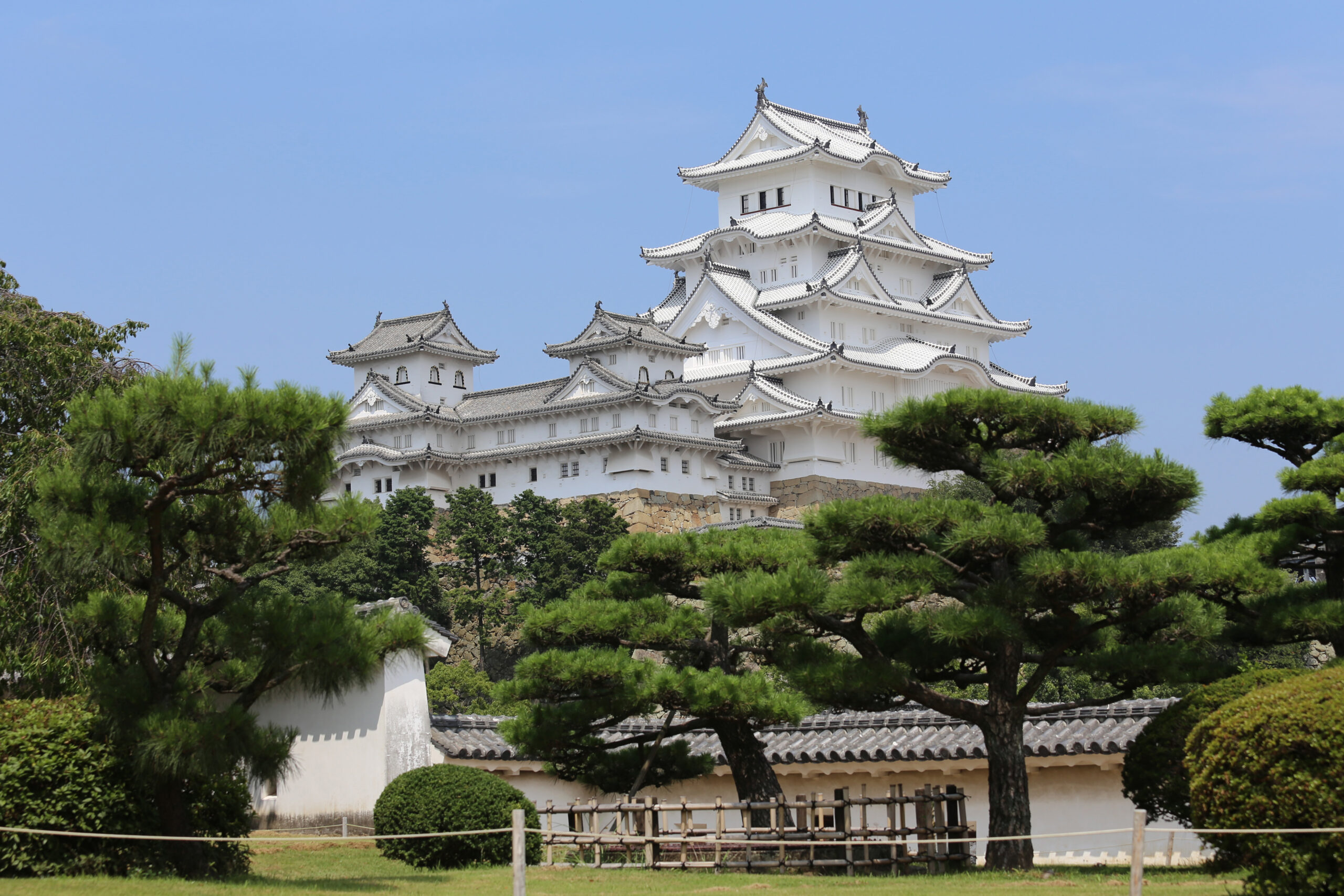
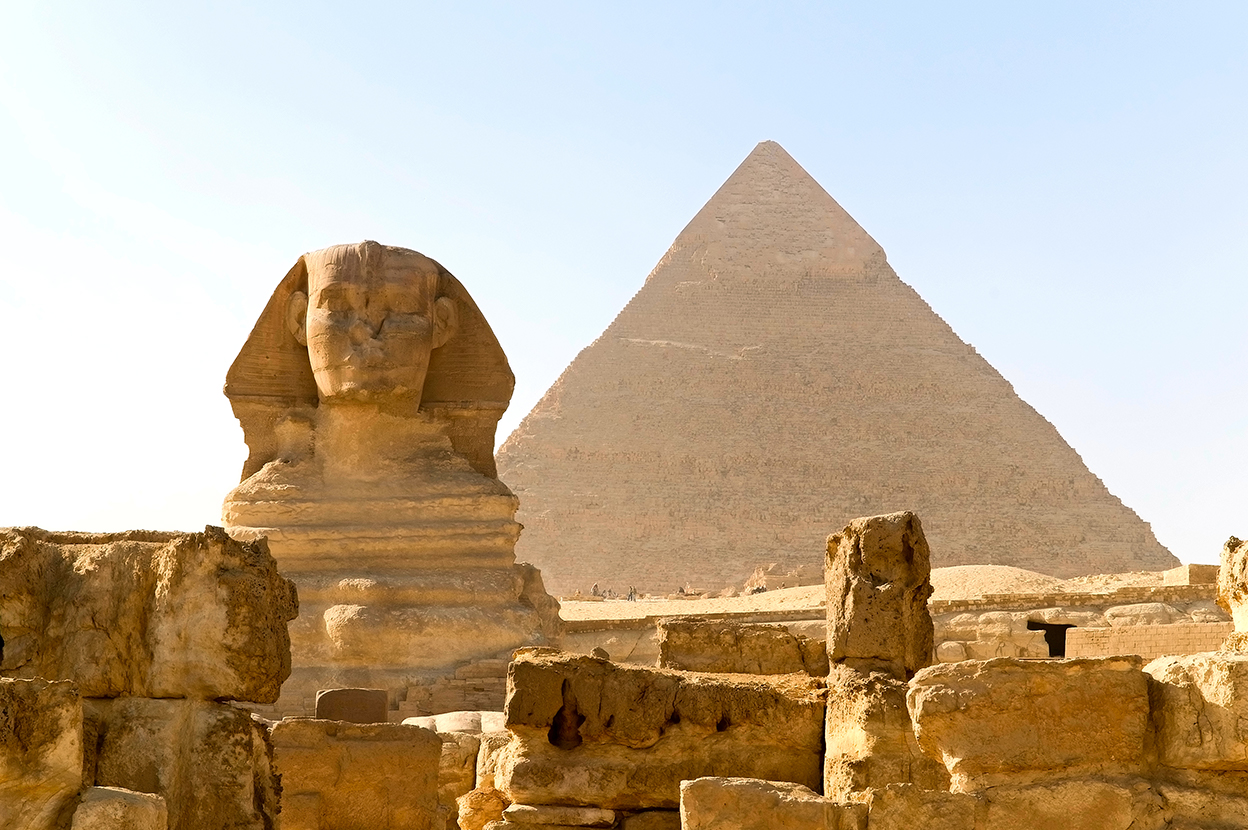
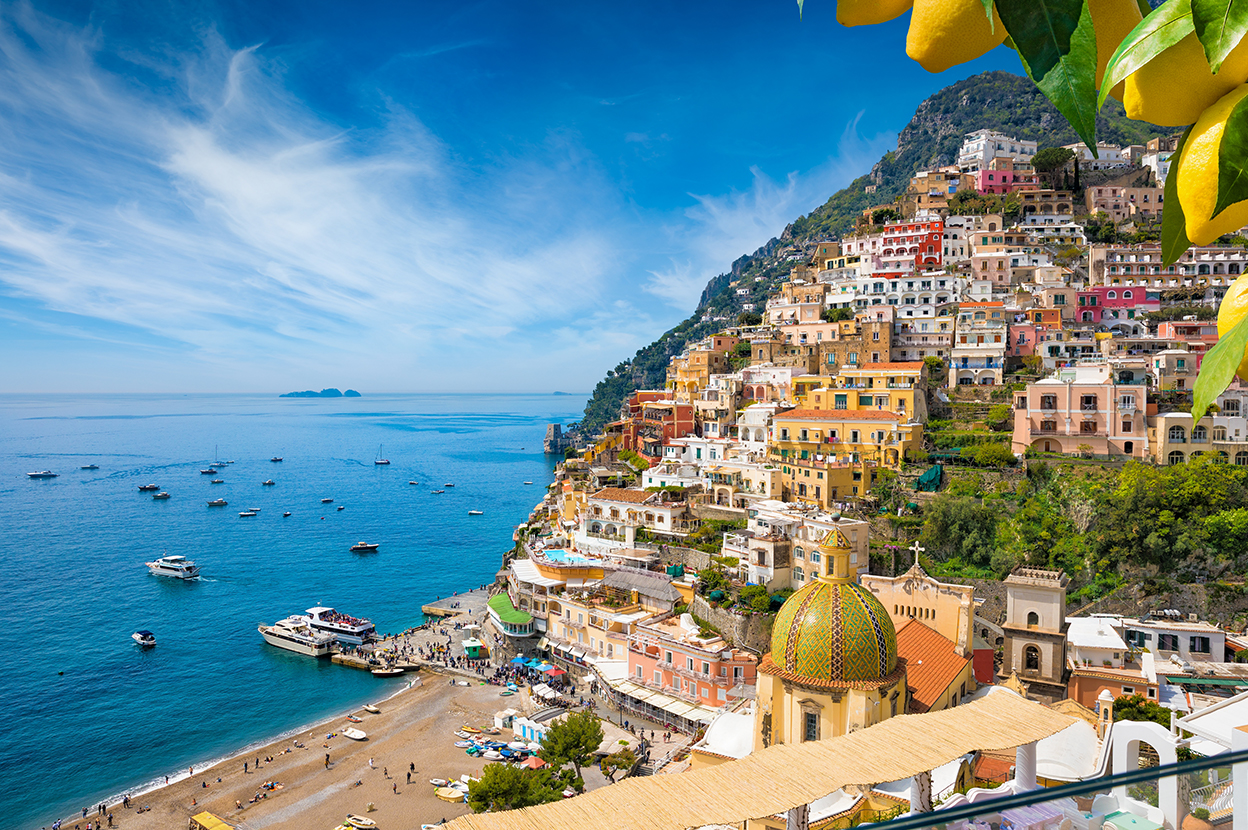
Geographical or geological features, ecosystems, endangered habitats of animals and plants, and so forth that have outstanding universal value
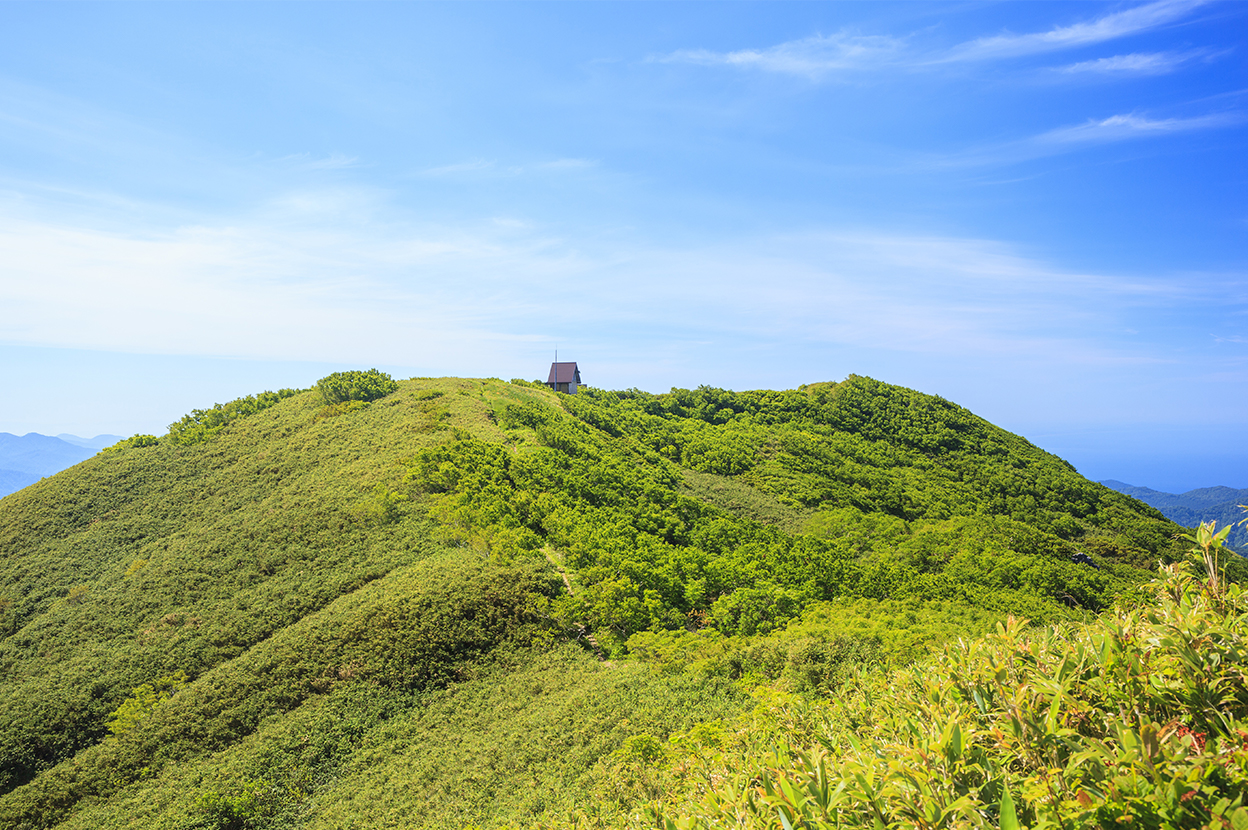
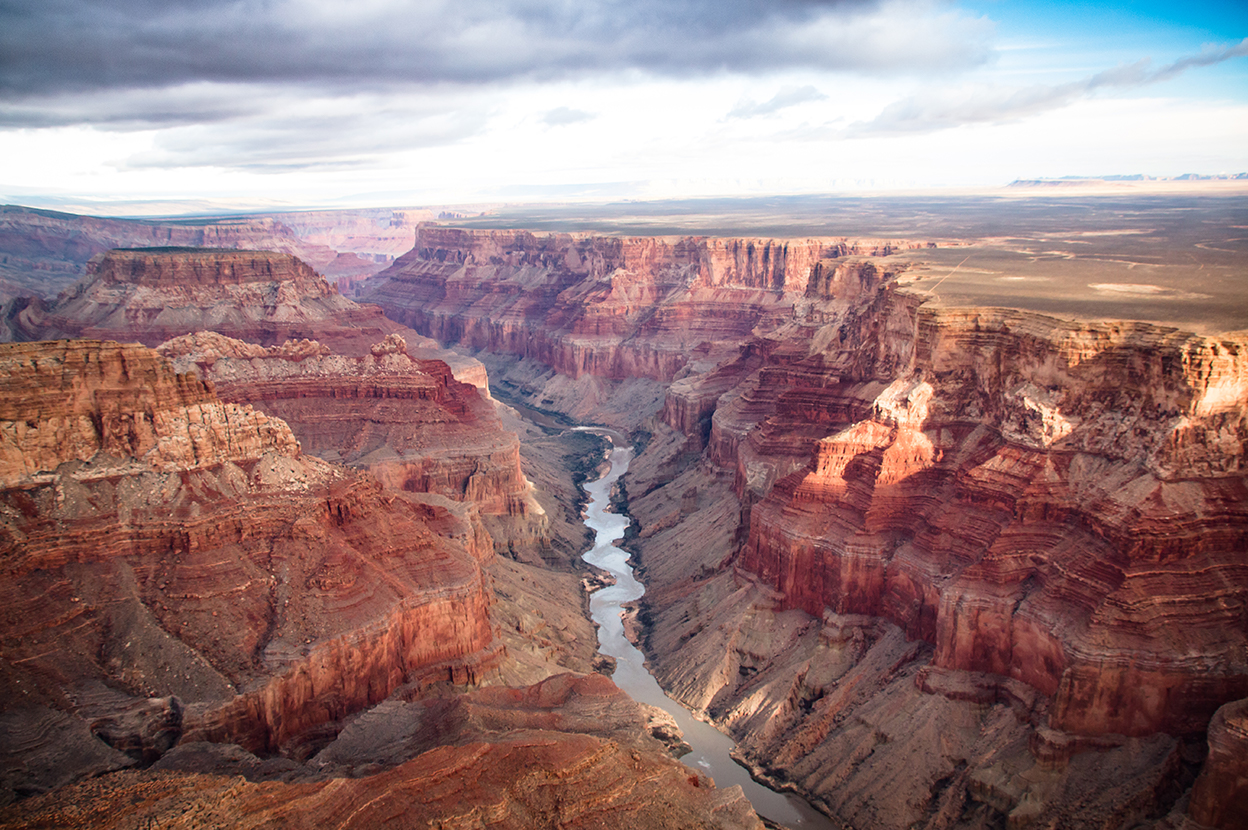

Sites that have value as both cultural heritages and natural heritages

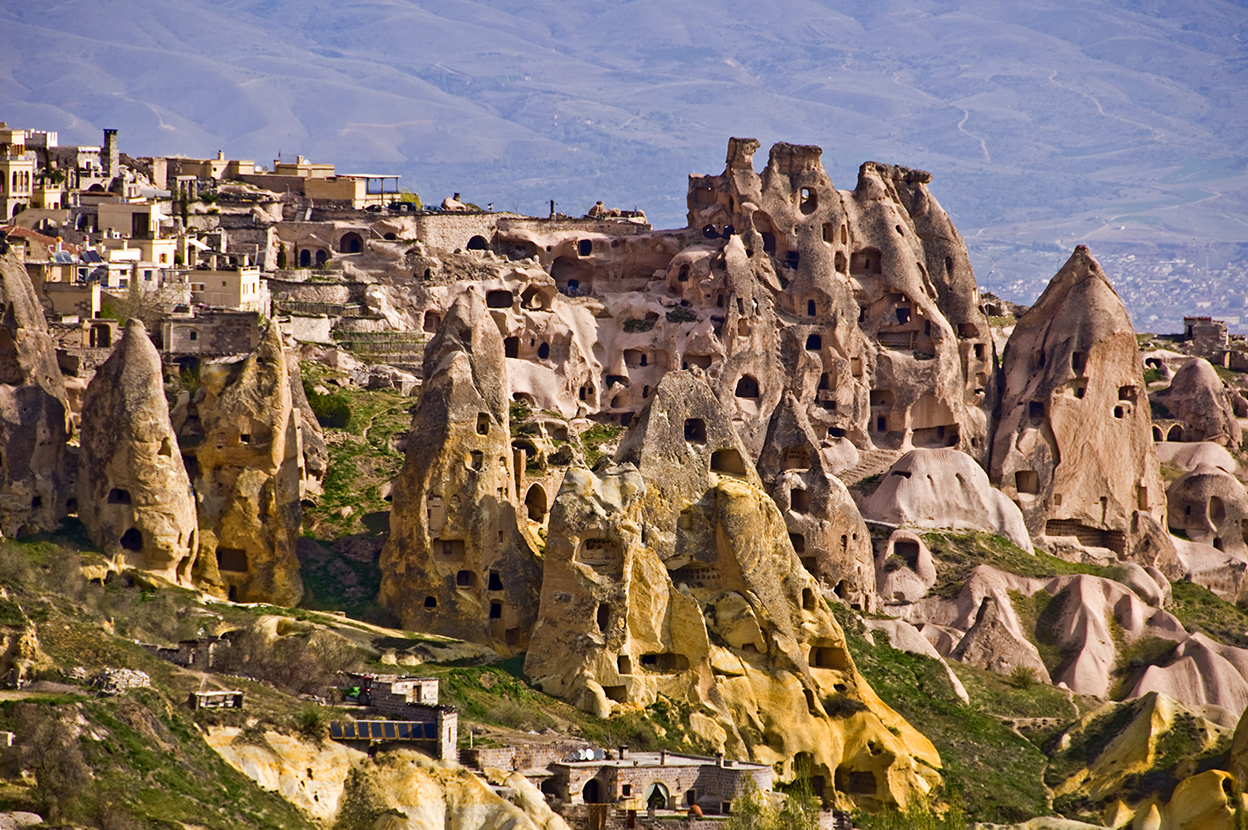

As of August 2024, 952 Cultural Heritage sites, 231 Natural Heritage sites, and 40 Mixed Heritage sites have been registered for a total of 1,223 sites. Of these, there are 21 Cultural Heritage sites and 5 Natural Heritage sites in Japan.
Related Links
World Heritage | AGENCY FOR CULTURAL AFFAIRS (bunka.go.jp)
UNESCO World Heritage Centre
Criteria to be selected as a World Heritage site
To be listed on the World Heritage List, sites must be of outstanding universal value and meet at least one out of the following ten selection criteria contained in the Operational Guidelines for the Implementation of the World Heritage Convention. They must also meet the conditions for integrity and/or authenticity and have an adequate protection and management system to ensure safeguarding of the site under domestic law.
| 1 | To represent a masterpiece of human creative genius; |
|---|---|
| 2 | To exhibit an important interchange of human values, over a span of time or within a cultural area of the world, on developments in architecture or technology, monumental arts, town-planning or landscape design; |
| 3 | To bear a unique or at least exceptional testimony to a cultural tradition or to a civilization which is living or which has disappeared; |
| 4 | To be an outstanding example of a type of building, architectural or technological ensemble or landscape which illustrates (a) significant stage(s) in human history; |
| 5 | To be an outstanding example of a traditional human settlement, land-use, or sea-use which is representative of a culture (or cultures), or human interaction with the environment especially when it has become vulnerable under the impact of irreversible change; |
| 6 | To be directly or tangibly associated with events or living traditions, with ideas, or with beliefs, with artistic and literary works of outstanding universal significance (The Committee considers that this criterion should preferably be used in conjunction with other criteria); |
| 7 | To contain superlative natural phenomena or areas of exceptional natural beauty and aesthetic importance; |
| 8 | To be outstanding examples representing major stages of earth’s history, including the record of life, significant on-going geological processes in the development of landforms, or significant geomorphic or physiographic features; |
| 9 | To be outstanding examples representing significant on-going ecological or biological processes in the evolution and development of terrestrial, fresh water, coastal and marine ecosystems and communities of plants and animals; |
| 10 | To contain the most important and significant natural habitats for in-situ conservation of biological diversity, including those containing threatened species of outstanding universal value from the point of view of science and conservation. |
Process up to inscription
January 28, 2025The Subdivision on Cultural Properties of the Council for Cultural Affairs (the Agency for Cultural Affairs’ decision on recommendation) / Liaison Meeting of Related Ministries and Agencies for the World Heritage Convention (the government’s decision on recommendation)




